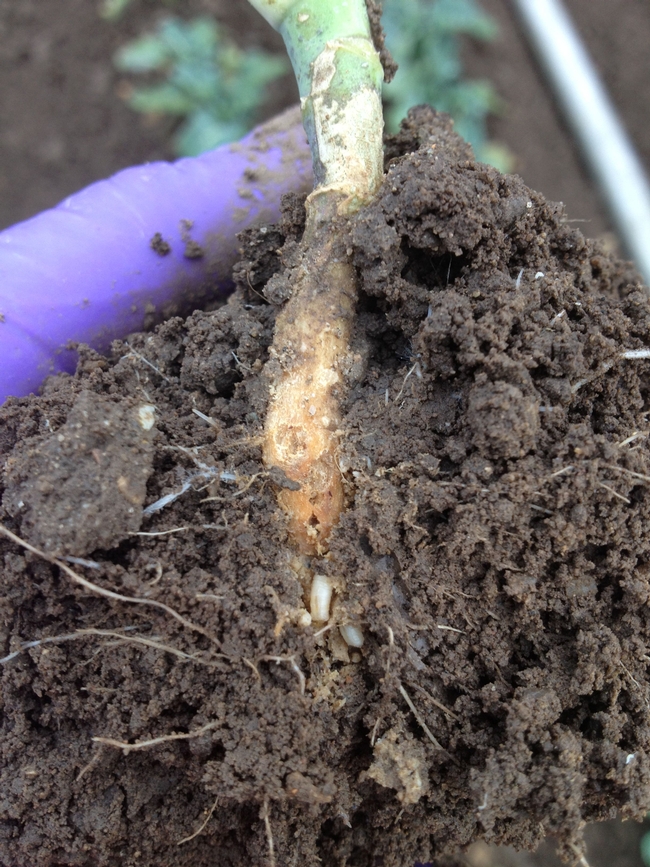UC ANR scientists get $450,000 to study pesticide alternatives

The root maggot, a pest of cole crops, can wipe out an entire field of broccoli or cauliflower by tunneling through the plants’ roots. With a new $302,542 grant from the Department of Pesticide Regulation, Shimat Joseph, UC Cooperative Extension advisor in Monterey County, will study ways growers can protect their high-value crops from this persistent pest.
“In the Salinas Valley, cabbage maggot infestation in a field can exceed 90 percent,” said Joseph, who specializes in integrated pest management.

Joseph, who specializes in entomology, will evaluate the susceptibility of broccoli when it is planted next to other various crops such as turnip, lettuce, cauliflower or cabbage, to see if the neighboring crop influences the broccoli field’s attractiveness to cabbage maggots. He will also evaluate different broccoli and cauliflower varieties for their resistance or tolerance to the maggots and will look into the role planting date in determining a plant’s susceptibility to the pest.
Lynn Epstein, professor in the Department of Plant Pathology at UC Davis, received a $153,289 Department of Pesticide Regulation grant to study alternatives to methyl bromide for strawberry nursery fumigation.
California produces more than a billion strawberry runner plants every year, with a total annual value of approximately $60 million. For the past 50 years, fumigating the soil with methyl bromide before planting has been the most effective way to keep soil-borne pathogens, nematodes and weeds from overwhelming strawberry nursery plants. In recent years, though, methyl bromide has become increasingly restricted, with the intention of eventually phasing it out entirely.

Anaerobic soil disinfestation integrates heat from solarization and oxygen deprivation from flooding, according to Epstein.
“We’ll incorporate a relatively inexpensive carbon source into the topsoil, irrigate it to field capacity, and then cover the amended soil with a plastic tarp,” Epstein said. The anaerobic byproducts that build up are toxic to pathogens, but those byproducts will degrade rapidly after the tarp is removed.”